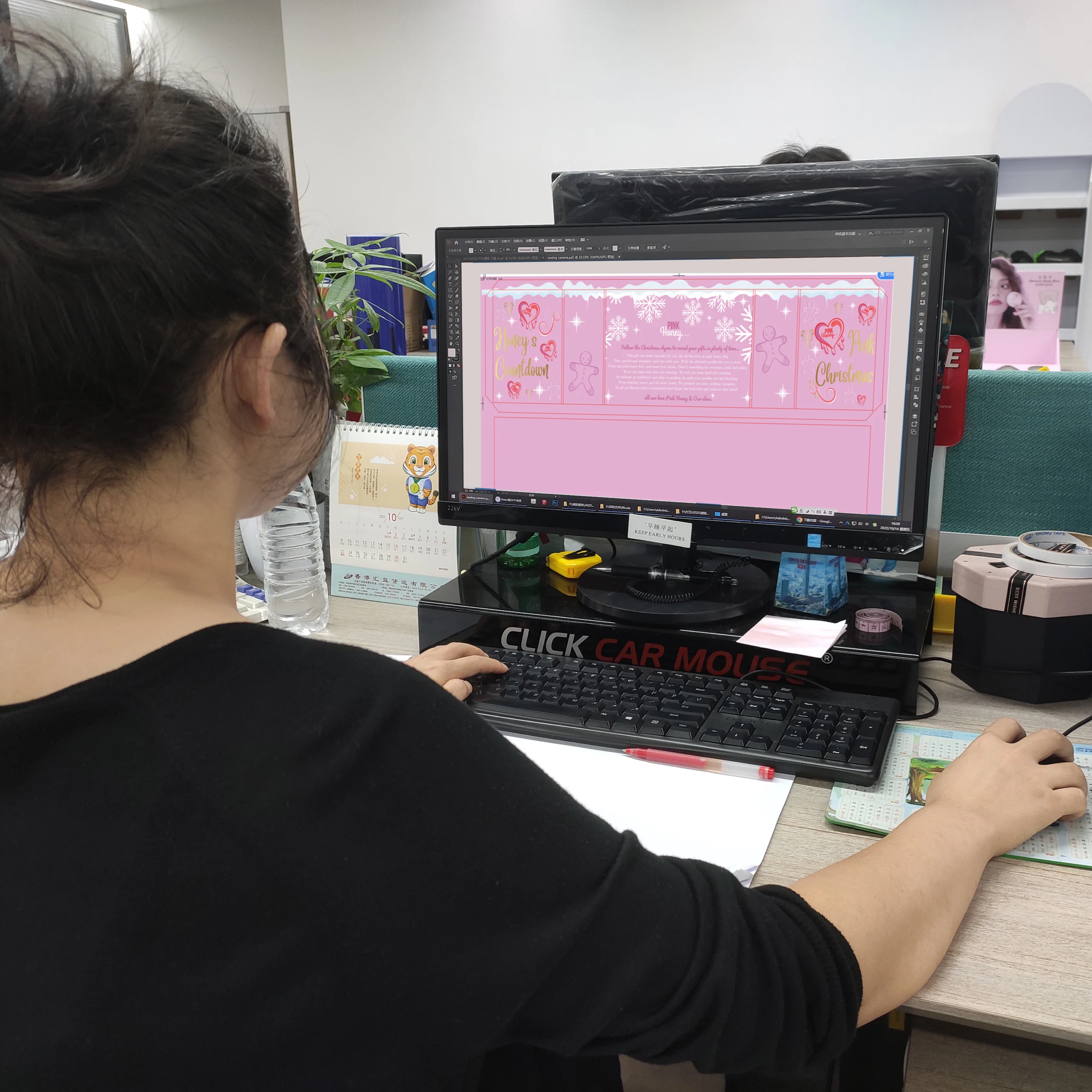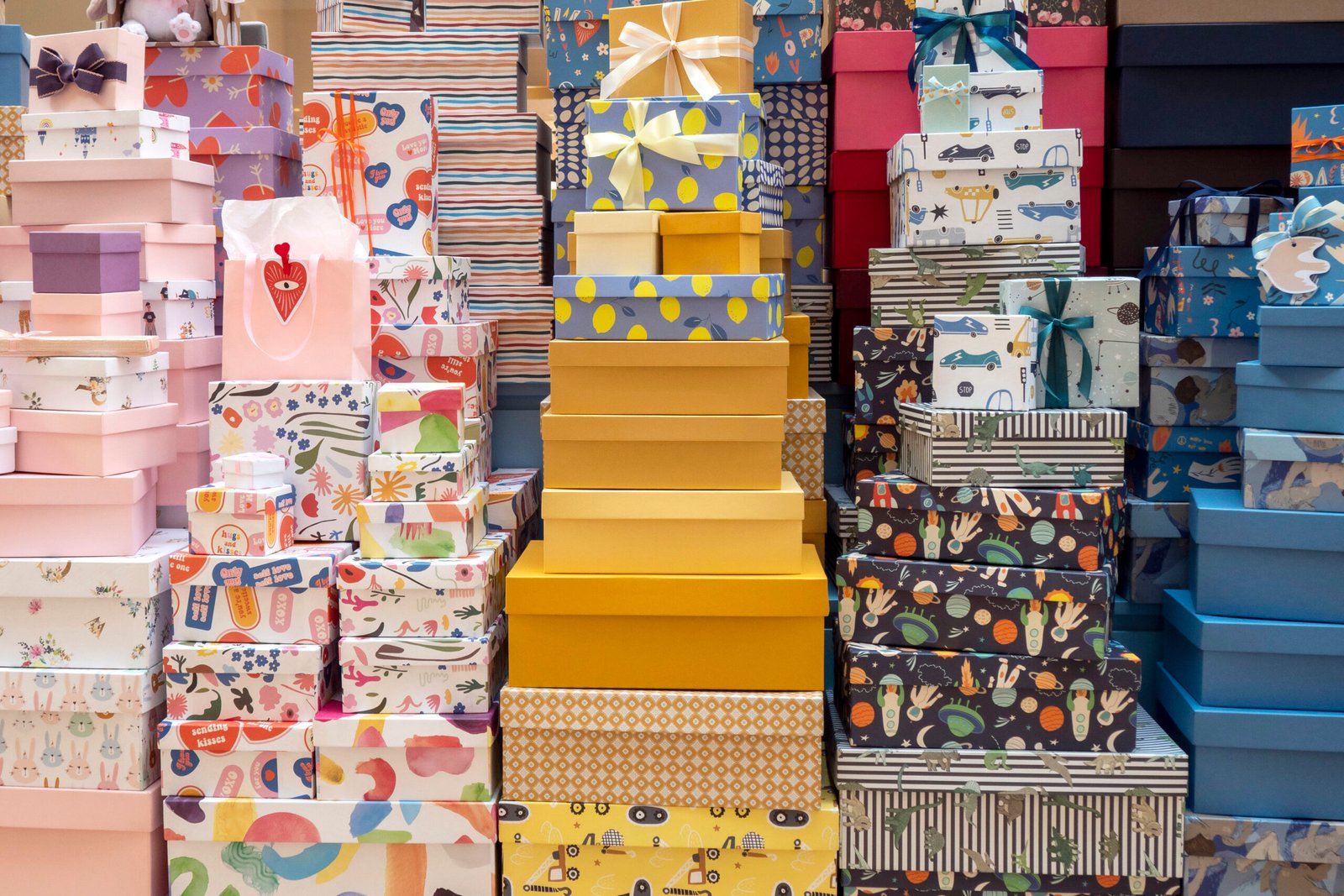Struggling to make your cosmetic brand stand out on a crowded shelf? Generic packaging can make an amazing product feel plain. A strategic start ensures your packaging captivates customers from day one.
To start your project for maximum impact, first clearly define your brand identity and target audience. Then, create a detailed design brief that covers materials, structure, budget, and timeline. This initial planning is the key to a smooth process and a successful outcome that resonates with customers.

That sounds simple, but there's a lot packed into those first steps. In my 16 years in this industry, I've seen countless projects succeed or fail right at the beginning because of how they were planned. I want to help you get it right. Let's break down exactly what you need to do to ensure your project starts on the right foot and delivers the impact your brand deserves.
What's the First Step in Defining Your Brand's Packaging Identity?
Unsure where to even begin with your packaging design? Without a clear identity, your packaging will just blend in with everything else. You need to start by defining your brand and your customer.
The first step is to deeply understand your brand's core values, personality, and target customer. Answering who you are and who you are selling to will guide every single design decision you make for the unique packaging that will represent your product.

Before any ink hits paper, you have to do the groundwork. This isn't just about picking a nice color; it's about translating your brand's soul into a physical object. I always tell my clients to think of it as building a house. You wouldn't start without a blueprint, and in packaging, your brand identity is that blueprint. It guides every choice, from the texture of the paper to the font on the box. When this step is rushed, the final product feels disconnected and confuses customers. Taking the time here saves you from costly redesigns later and ensures the final packaging feels authentic to your brand.
Understanding Your Brand's Core
Your brand identity is more than a logo. It's your promise to your customer. Is your brand fun and youthful, or is it sophisticated and luxurious? Is it all-natural and organic, or is it scientific and clinical? You need to write these things down. These personality traits will directly influence your packaging choices. For example, a brand built on sustainability should use recycled materials and minimalist printing, while a luxury brand might use heavy paper stock, foil stamping, and magnetic closures.
Identifying Your Target Customer
Once you know who you are, you must know who you're talking to. A 16-year-old on TikTok has very different tastes than a 50-year-old executive. Think about your ideal customer's lifestyle, values, and what catches their eye. Where do they shop? What other brands do they love? This information helps you create packaging that they will feel an instant connection with.
| Brand Personality | Potential Packaging Elements |
|---|---|
| Luxury & Premium | Rigid box, foil stamping, embossing, soft-touch finish |
| Natural & Organic | Recycled kraft paper, soy-based inks, simple typography |
| Bold & Playful | Bright Pantone colors, unique structural shapes, glossy finish |
| Minimalist & Modern | Monochromatic color scheme, clean sans-serif fonts, uncoated paper |
How Do You Choose the Right Materials and Structures for Your Cosmetics?
Are you feeling overwhelmed by all the material choices out there? Picking the wrong one can damage your product, your budget, or even your brand's reputation. Let's simplify how to select the right materials and structures for your project.
Choose materials based on product protection, brand perception, sustainability goals, and budget. The structure should offer a great unboxing experience while being practical for shipping and retail display. I always recommend that you request samples to test your options first.

Your material and structural choices are where your brand's identity becomes a physical reality. This is a critical stage where you balance dreams with practical needs. I've seen beautiful designs that were completely impractical because the chosen material was too flimsy to protect the product inside. On the other hand, I've seen over-engineered boxes that drove the cost so high that the product was no longer profitable. The goal is to find the sweet spot. You need packaging that looks great, protects the product, delights the customer, and makes financial sense. This is a conversation you should have with your packaging partner early on. We can offer solutions you may not have even thought of.
Balancing Protection and Aesthetics
The primary job of any package is to get the product to the customer safely. For cosmetics, this is especially important. A glass bottle of foundation needs more protection than a tube of lip balm. Think about the product's journey. Will it be shipped directly to a customer or sit on a retail shelf? A mailer box needs to be sturdy, while a retail box needs to look good under store lighting. Your material choice, like using corrugated inserts or thicker paperboard, should directly address these needs without sacrificing the look you want.
Navigating Sustainable Options
Today, sustainability is not just a trend; it's a requirement for many customers. Thankfully, there are more eco-friendly options than ever before. You can choose from recycled paper stocks, FSC-certified paper, or even innovative materials made from agricultural waste. Printing with soy-based inks is another great option. However, being sustainable also means being efficient. Sometimes, the most eco-friendly choice is a well-designed, lightweight package that reduces shipping weight and emissions. Don't just look for a "recycled" label; think about the entire lifecycle of the package.
Why is Creating a Detailed Project Brief So Crucial?
Are you tired of miscommunication and delays with your packaging supplier? Vague instructions often lead to mistakes and disappointing results that cost you time and money. A detailed brief is your project's single source of truth and your best defense against errors.
A detailed project brief is crucial because it aligns all stakeholders—designers, suppliers, and your marketing team. It clearly outlines technical specifications, artwork files, budget, and timelines, preventing costly errors and ensuring everyone works toward the same final goal.

I can't stress this enough: a good brief is the foundation of a good project. It's the document I and my team refer to constantly. When we receive a comprehensive brief, we can provide accurate quotes, spot potential production issues early, and deliver exactly what the client envisions. When a brief is incomplete, it's like trying to navigate without a map. It leads to endless emails, phone calls, and guesswork. I remember a project where the client forgot to specify a critical Pantone color. We had to halt production, which caused a two-week delay and extra costs. A single line in the brief could have prevented all of that. It protects you, and it protects us.
Key Components of a Packaging Brief
Your brief should be a complete guide to your project. Someone who knows nothing about your brand should be able to read it and understand exactly what is needed. It removes ambiguity and sets clear expectations for everyone involved.
Here are the essential things to include:
- Project Overview: A short summary of the project and its goals.
- Brand & Target Audience: Who are you and who are you selling to?
- Budget & Quantity: What is your cost per unit target and how many do you need?
- Timeline: What are your key deadlines for design, prototyping, and production?
- Material Specifications: What paper type, weight, and texture do you want?
- Structural Requirements: Include dielines or detailed drawings of the box structure.
- Artwork & Printing Specs: Provide print-ready files, Pantone colors, and list all finishes like foil stamping, embossing, or UV coating.
How Can You Effectively Balance Design Creativity with Production Realities?
Do you have an amazing design idea that your manufacturer says just isn't possible? A beautiful concept is completely useless if it's too complex or too costly to actually produce. The key is to bridge the gap between creative design and production reality.
Balance creativity and reality by involving your packaging manufacturer early in the design process. We can provide immediate feedback on material limitations, finishing techniques, and cost-effective alternatives to help you achieve your desired look without compromising quality or your budget.

As someone who has been on the production side for over 16 years, I can tell you that the most successful projects come from collaboration. I love it when a designer comes to me with a creative idea and asks, "How can we make this work?" This approach is so much better than receiving a final design that is simply impossible to produce within the budget. Remember, manufacturers are not here to limit your creativity. We are here to help you bring it to life in the most efficient and effective way possible. We know the machines, we know the materials, and we can often suggest a small tweak that saves thousands of dollars or a different technique that achieves an even better result.
Prototyping and Sampling
Never skip the prototyping stage. A 3D render on a computer screen can look very different from a physical object in your hands. A physical sample allows you to test the structure, feel the material, and see how the colors look in real life. It’s your chance to catch any flaws before you commit to a full production run of thousands of units. It might seem like an extra step, but I promise you, a good prototype can save you from a very expensive mistake.
Understanding Finishing Techniques
Special finishes like foil stamping, embossing, or spot UV can elevate your packaging from good to great. However, these techniques have their own rules. For example, very fine, detailed text may not show up well with embossing. A certain type of foil may not adhere well to a textured, uncoated paper. By talking to your packaging partner, you can learn about these limitations and design accordingly. We can work with you to find the perfect combination of finishes that looks fantastic and is perfectly suited for mass production.
Conclusion
Starting your project right means defining your brand, choosing smart materials, writing a clear brief, and balancing brilliant design with practical production realities. This will set you up for success.






